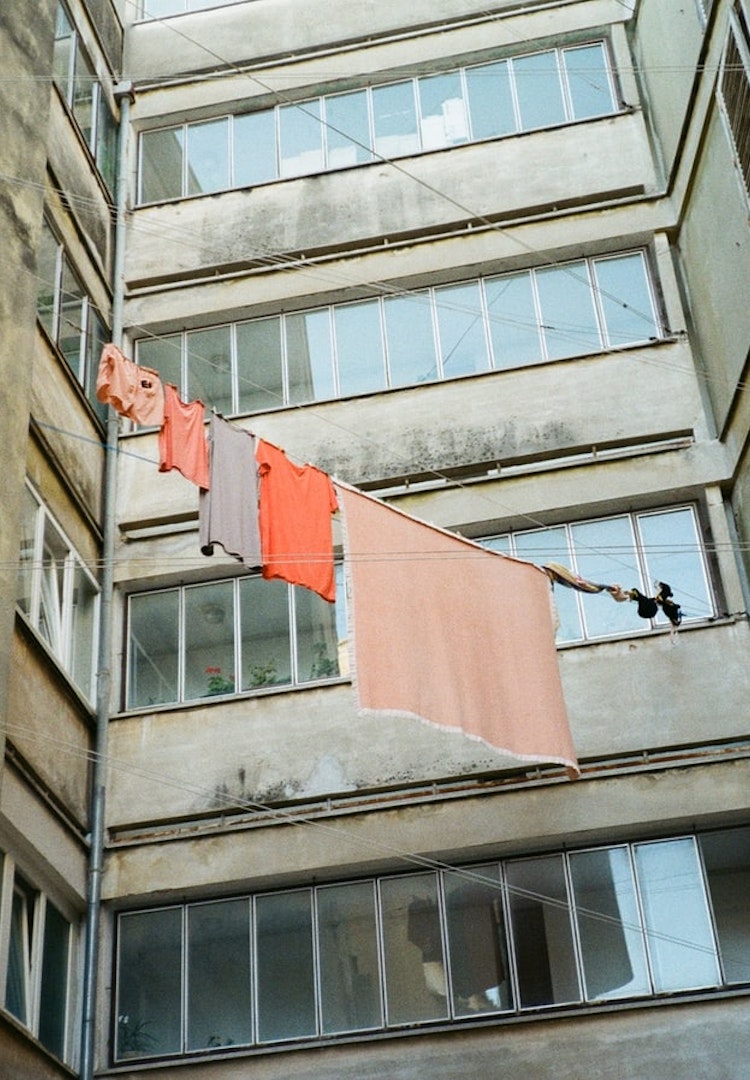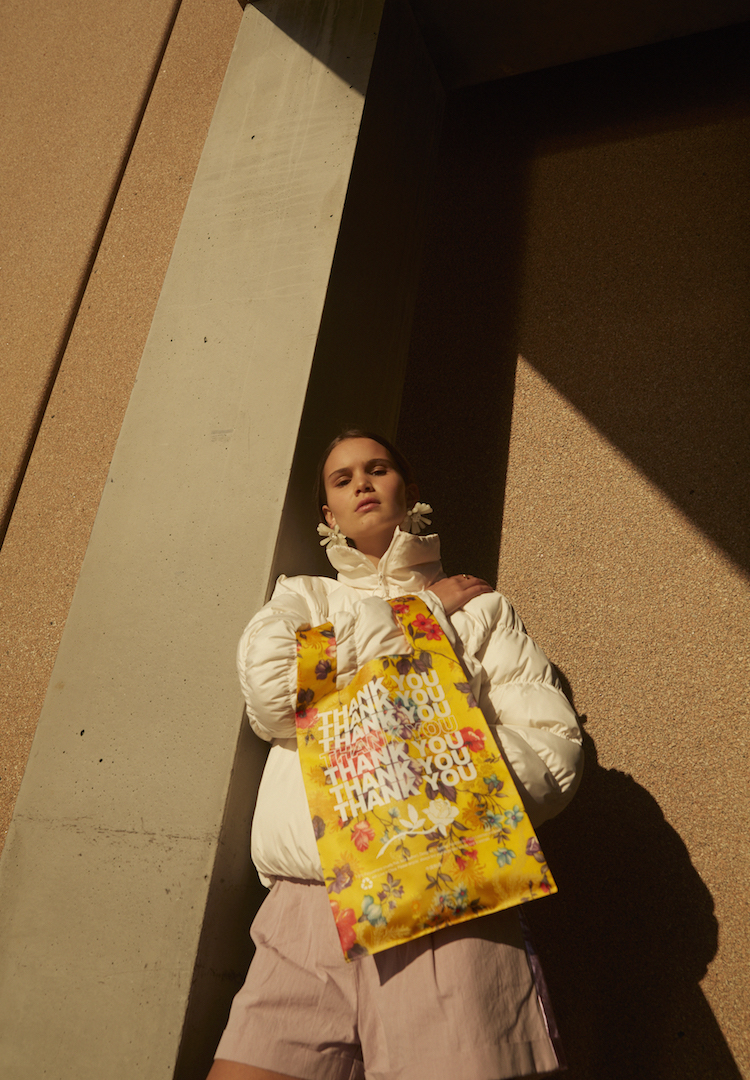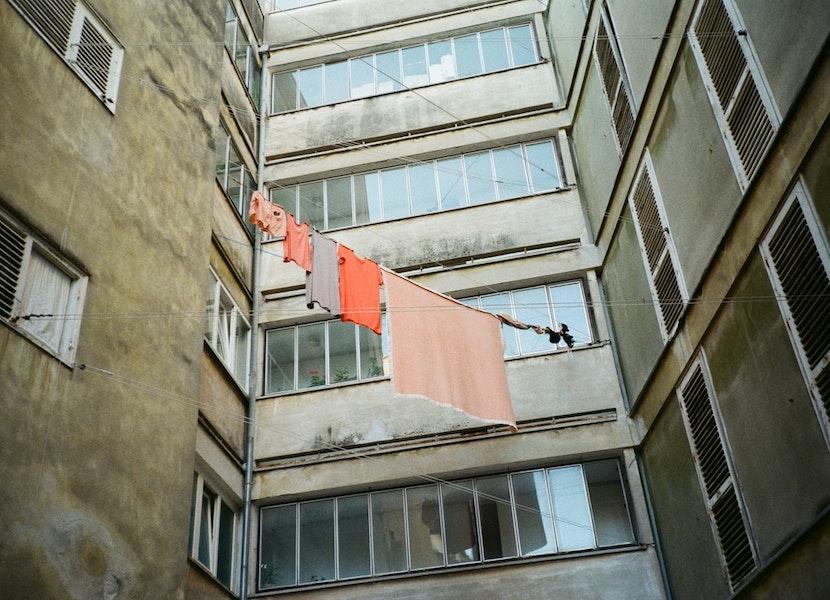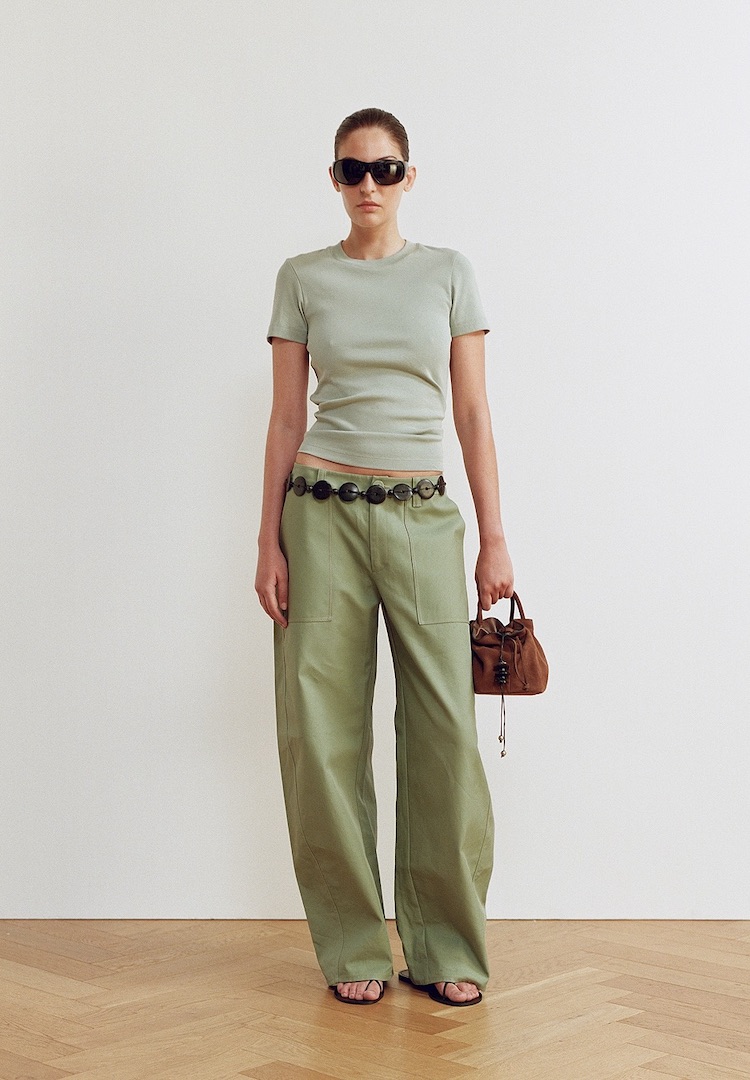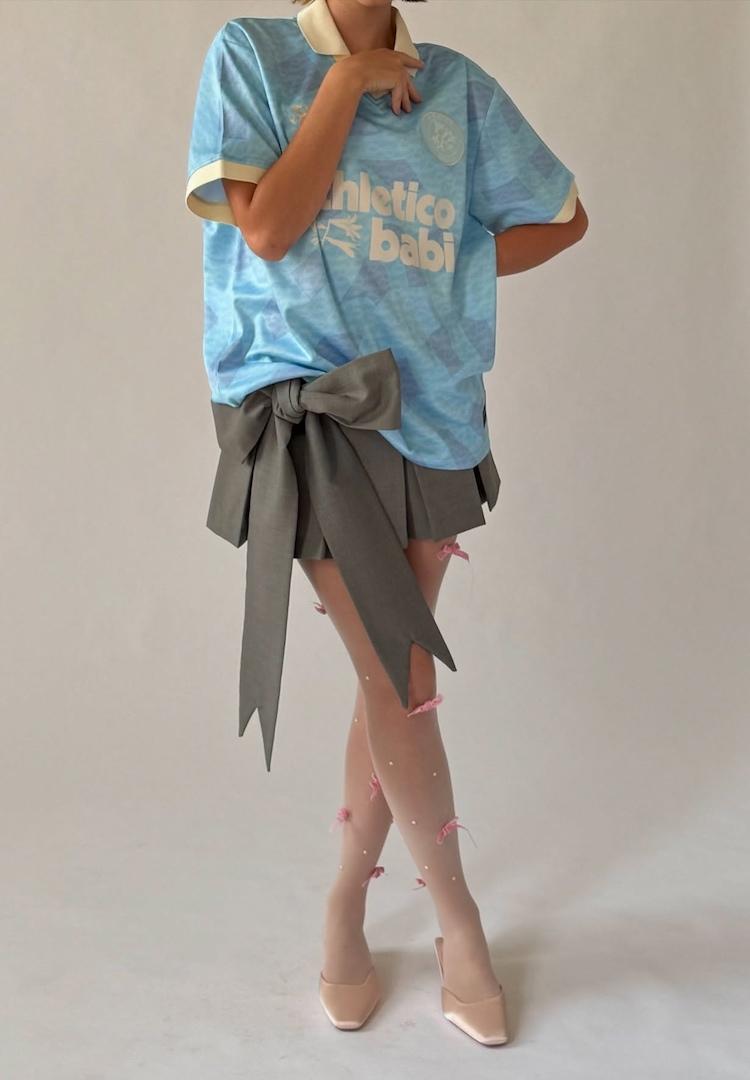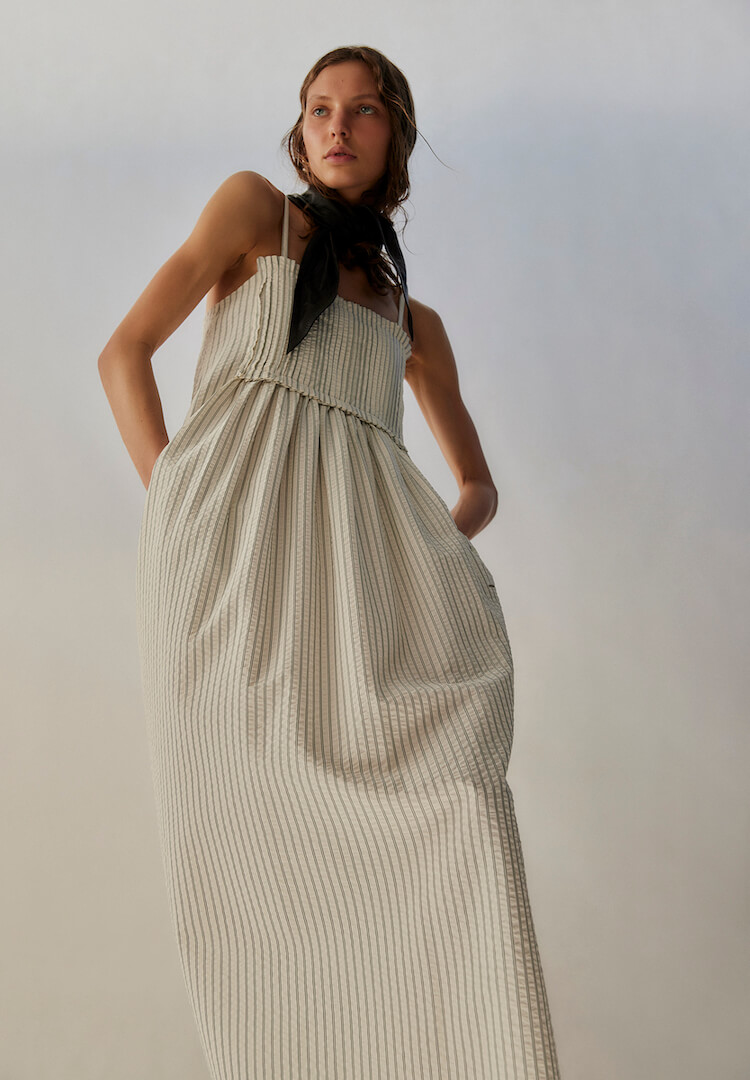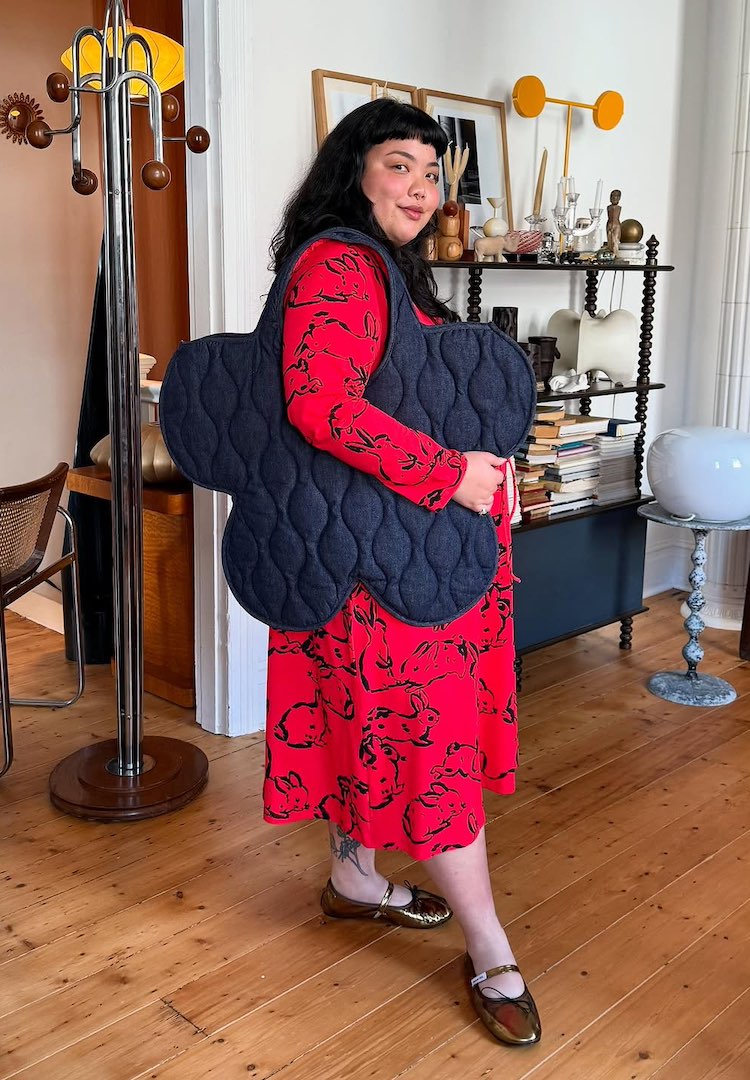This online search tool reveals whether brands are paying workers a living wage
Words by Holly Harman
The new database revealing which brands are paying up.
Considering how frequently many of us now factor in the ethics of what we’re buying, it seems fitting that a tool like Fashion Checker has been launched this year.
The free website allows anyone to search a brand and see what action (if any) is being taken to make sure workers are receiving a living wage. It aims to encourage brands to be more transparent about their supply chains, pay more for orders and inevitably shift the power in the industry to make sure garment workers receive a living wage.
Fashion Checker was founded by the Clean Clothes Campaign (CCC), a non-for-profit group funded by the European Union that is dedicated to globally improving the working conditions for garment workers.
The lack of data around garment workers’ wages and supply chains made available to the public, by even some of the worlds biggest brands, is what prompted CCC to launch the site. And in recent years, the growing consumer demand for transparency in the fashion industry has resulted in an increasing number of brands reassessing their internal practices.
Many brands do not pay their manufacturers enough to meet fair wage requirements for garment workers, and often brands themselves are unaware of the distressing conditions their workers are under.
Searching for a brand on the site is simple – type in the name and it will produce the available data. The data includes a percentage of supplier factories that are paying a living wage to workers, a Supply Chain Transparency rating which Fashion Checker created to rate how much information is publicly available, and further information on the brand’s supply chain.
To test it out, I searched for Gucci and found that only 50 per cent of its supplier factories are paying a living wage to all workers and it only received one star in the Supply Chain Transparency rating. I also had the option to tweet the brand to take action, which I did. The floor is yours, Gucci.
hey @gucci, I noticed your Fashion Checker profile has some room for improvement 🤷♀️ https://t.co/zU2TaEOOWM #LivingWageNow
— Holly Harman (@harman_holly) September 8, 2020
So what is a living wage?
While there is no universal definition of a living wage, Fashion Checker describes it as a wage that is enough for a worker and their family to have a decent standard of living. This includes nutritious food, water, housing, healthcare, education, transport and money to be put aside for unexpected circumstances.
The living wage is not to be confused with a minimum wage – there is often a significant gap between the two. The legal minimum wage in many countries often falls short of a living wage, leaving workers having to make sacrifices to survive.
By introducing Fashion Checker, CCC hopes it will put pressure on brands to reassess and monitor their ethical practices from the very bottom of the supply chain – the workers.
In an interview by Fashion Checker published on its website, one worker from Ukraine said “The workers’ wages have been regularly delayed for a month or two since the beginning of 2019. We complained and they paid, but not this month. The factory director says it is because a firm didn’t pay. But we did our job.”
COVID-19’s impact on garment workers
The site also encourages brands to pay up during the COVID-19 health crisis as factories are being forced to close, leaving garment workers without pay and employment. Due to the cancellation of orders and subsequent closures of garment factories, the 40 million workers in the global garment industry are significantly affected.
In Bangladesh alone, around 1089 factories have had large orders from global brands cancelled which makes up around 1.5 billion US dollars. With economic insecurity and garment worker livelihoods at risk, the nasty effects of brands’ decisions to cancel orders are being felt at an astronomical scale.
By heading here and asking brands to pay for their orders, you can take action against garment worker injustice during the pandemic.
Gender-based inequality
According to Fashion Checker, 80 per cent of garment workers are women, which pretty much sets the tone for inequality in the industry and a myriad of subsequent issues.
The influence of gender in this setting has an effect on a number of elements, like what job they perform, how much and when the worker is paid, how they are treated in the workplace and the terms of their employment, which includes maternity leave.
It is uncommon for women to advance up the leadership ladder in the garment making industry and they are more often in low-skilled roles which pay less. Women are also regularly paid less even in identical roles to a male co-worker.
The gender pay gap stems from the misconception that a woman’s wage is complementary to the man of the household, however, this is often not the case. This leaves women struggling to provide for their families and exposed to issues such as discrimination and gender-based violence.
Alarmingly, 76 per cent of female garment workers have experienced workplace violence in some form at least once during their employment. The abuse can range from emotional gendered discrimination, physical violence like slapping or kicking, or violence of a sexual nature.
Fashion Checker addresses this violence by demanding brands take some of the pressure off factories. When brands bargain suppliers for reduced prices, change orders last minute or place unrealistic production targets on their orders, this can have detrimental effects further down the supply chain.
64 per cent of workers in Bangladesh reported that they felt immense pressure to reach targets due to fear of being punished. If the pressure placed on suppliers by brands is eased, it is hoped factories will treat their workers more humanely.
Ultimately, putting brands and their practices in the spotlight will hopefully act as a much-needed push in the right direction, encouraging them to address wage inequality and garment worker conditions. You can start checking on your favourite brands here.


